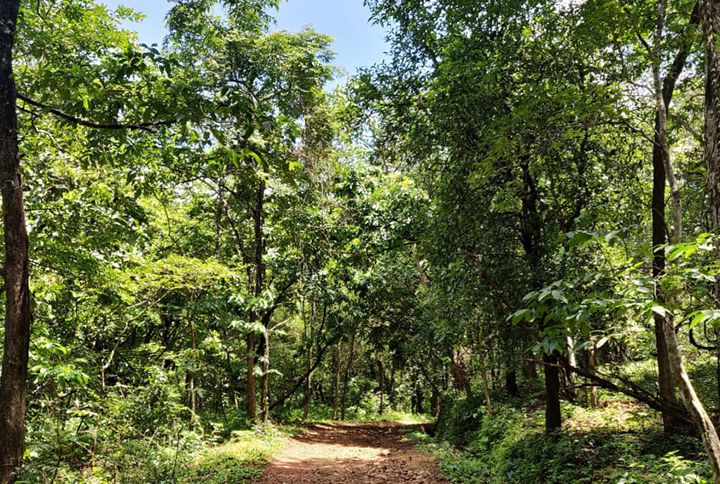#IfTreesCouldTalk is a blog series that aims to highlight one aspect of environmental impact, wildlife conservation and other issues that need to be spoken about from the natural world and our impact on it. The idea was simple. We just believe that if Mother Nature had a voice, there would be a lot she would have to say about the state of the world today and what we can do to help. This is just our effort to give her a voice.
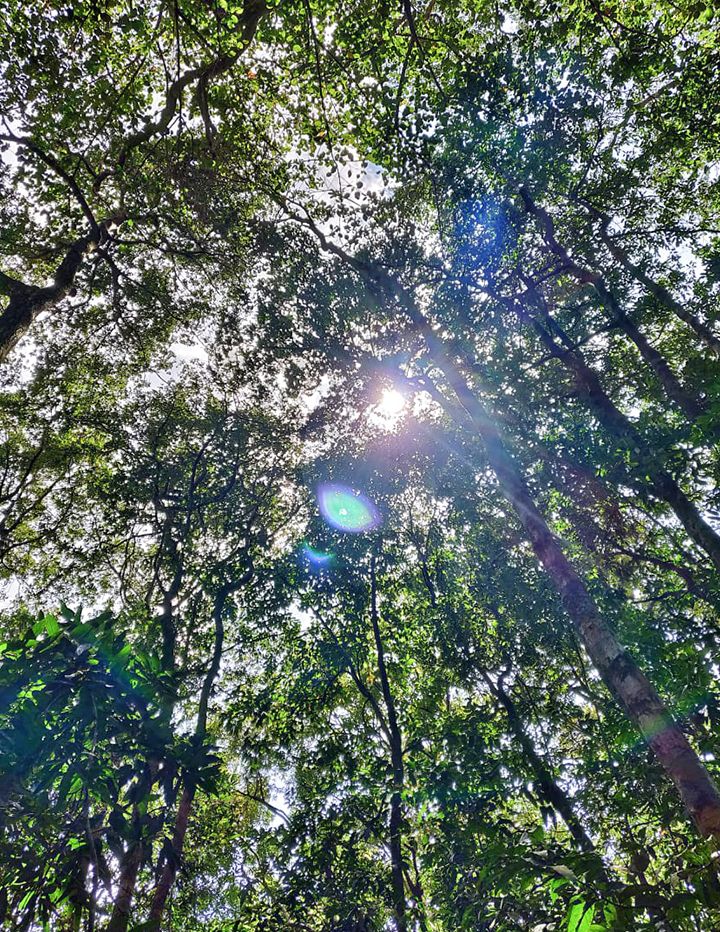
This lockdown has been on for 3 months now and while it has showcased the capacity of humankind to come together, it has also exposed deep, deep faults in our systems of governance and in our understanding of how deeply connected we are with the natural world. The latter point is ironic because the biggest example of this interconnectedness is the COVID19 pandemic we are living through right now. In this stressed-out, distracted state of its people, the government has been expediting project proposals (up to 30 around India) that will destroy protected forests across India without the required due-diligence or understanding of the long-term implications of these actions.
Virtual clearances have been given to multiple projects in places around India, like the Dehing Patkai Elephant Reserve. and 2 of them were given for projects that are ALL meant to pass through Bhagwan Mahaveer Wildlife Sanctuary and Mollem National Park in Goa.
What’s Happening In Bhagwan Mahaveer Wildlife Sanctuary and Mollem National Park, Goa?
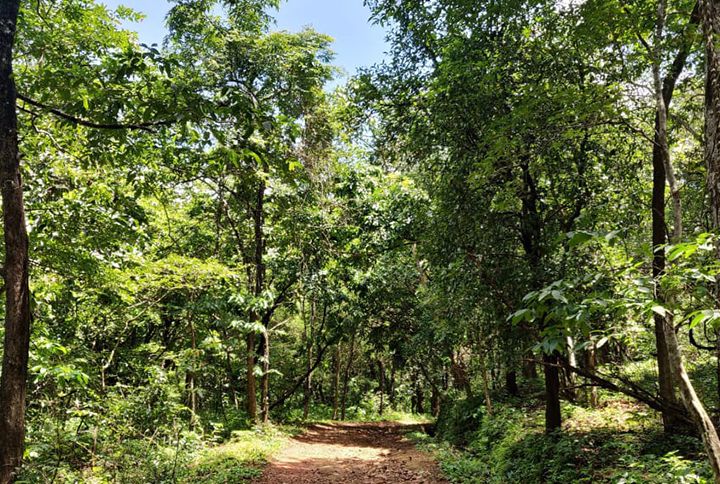
Most people associate Goa only with beaches, but the natural wonders of my home state go far beyond that and Mollem is a foremost example in that regard. Located in the Western Ghats that are in themselves a UNESCO world heritage site, this protected forest is home to 238 species of birds, 722 species of plants and mammals like black panthers, tigers, gaur, barking deer, spotted deer, civets, Malabar giant squirrels and so many more. (The Western Ghats themselves are recognised as being one of the eight ‘hottest hotspots’ of biological diversity in the entire world! Let that sink in for a second.)
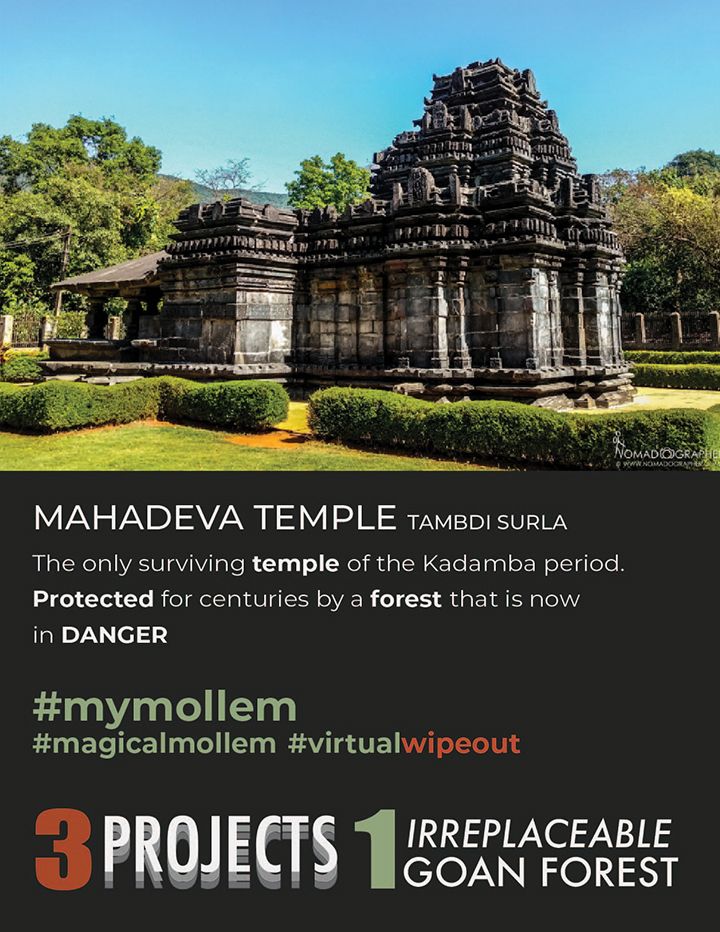
Another interesting point to note is that this area also houses the only surviving temple from the Kadamba Dynasty and is where the beautiful and famous Dudhsagar falls are located. The Mahadeva Temple in Tambdi Surla has been protected inside these forests since the 12th century.
Now, imagine that not one, not two, but 3 projects are going to ravage this area and turn it into another concrete jungle, putting further stress on the wildlife that quite literally has nowhere else to go. Two of these were given clearance virtually and one just before lockdown.
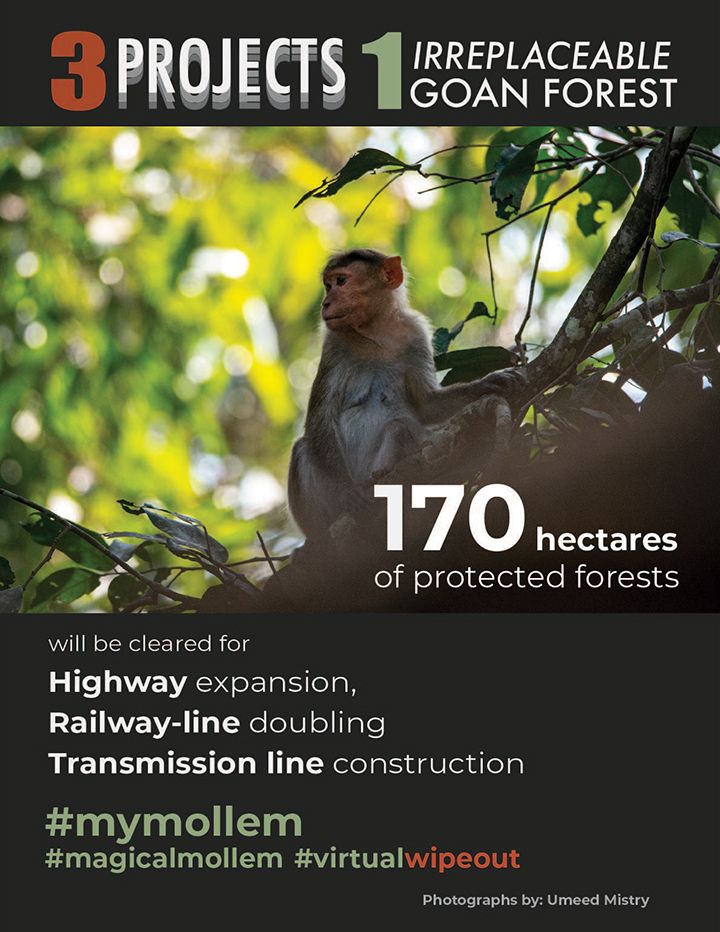
Project #1 – National Highway
This project will expand the existing road into a four-lane highway, through the forest, further segmenting the habitat and requiring the felling of 12, o97 trees.
Project #2 – Transmission Line
A 3.15 km transmission line to be built for which 4,146 trees will have to be cut down.
Project #3 – Railway Line
The doubling of an already existing line will have to have 20,758 trees cleared.
What’s worse is that the felling has already begun, at a substation, with scientists saying that Environmental Impact Assessments (EIA) have been shoddily put together, some of which are not even available in the public domain. Furthermore, the experts say that all 3 projects need to have a combined EIA, so as to correctly assess the overall damage caused and the possible outcomes of the same, but that hasn’t been done either.
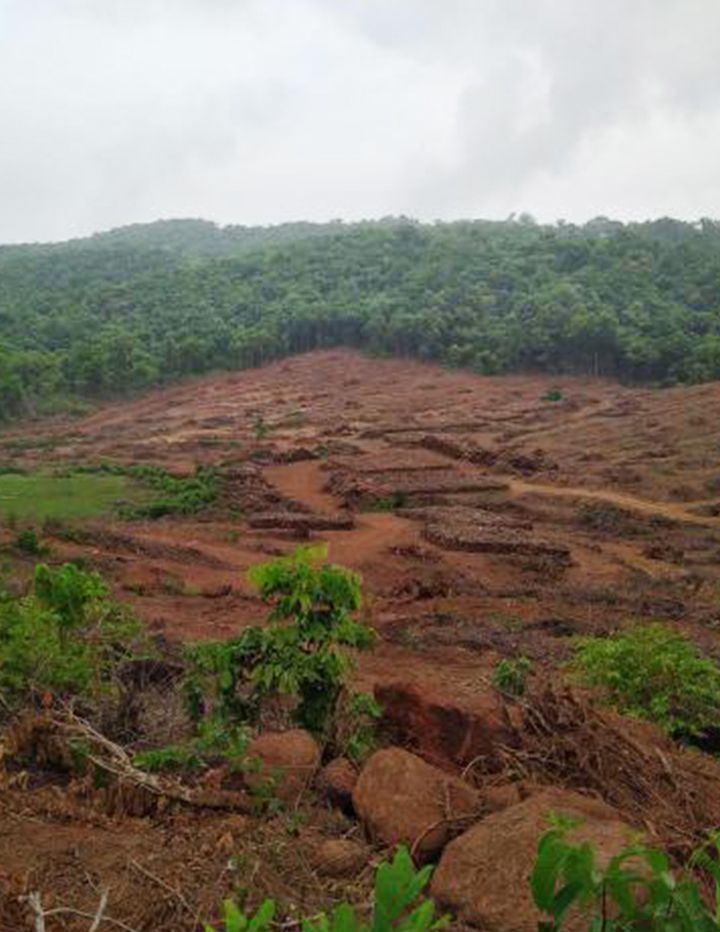
A group of 149 scientists, naturalists, conservationists, artists, students, and allied professionals have expressed their serious concerns regarding the virtual clearances in a letter to the National Board of Wildlife and The Ministry of Environment, Forests and Climate Change and have addressed the following:
Girish A. Punjabi, a wildlife biologist and a signatory to the letter said,
It is disturbing how 2 projects can be cleared by the NBWL in tiger habitat, using poorly-done (NH4A project) or no EIA (LILO Transmission line). No fact checking has been done whether these EIAs were done properly, or if there is sensitive biodiversity in the region. What is the whole point of the EIA process when the NBWL or MoEFCC doesn’t even care to look at it and blindly trusts project proponents?
Tallulah D’Silva, also a signatory said,
This letter gives voice to thousands of trees in Mollem, Goa part of a protected forest and critical wildlife corridor that would be felled to make way for 3 infrastructure projects namely widening of the railway line, highway road widening, and laying of a power transmission line. It also gives voice to the water security of the region, the forests with indigenous trees including the state tree – Matti.
Omkar Dharwadkar, another signatory further explained,
The fragmentation of habitat is very likely to create more human-animal conflict as well as soil being eroded from the hill cutting or land filling during the projects being deposited in the rivers and streams downstream thus affecting aquatic life there.
As mentioned above, the safety of locals and clean water sources getting damaged are primary concerns, but it should also be noted that Goa’s suffering tremendously due to the way the pandemic hit tourism, and eco-tourism through visits to Dudhsagar, wildlife safaris, and camping contributes to the economy as well. Plus, these projects are obviously going to be funded by taxpayer rupees and therefore there’s all the more need to understand the whats, the whys and the hows of this situation.
But wait, what are virtual clearances, and why are they problematic?
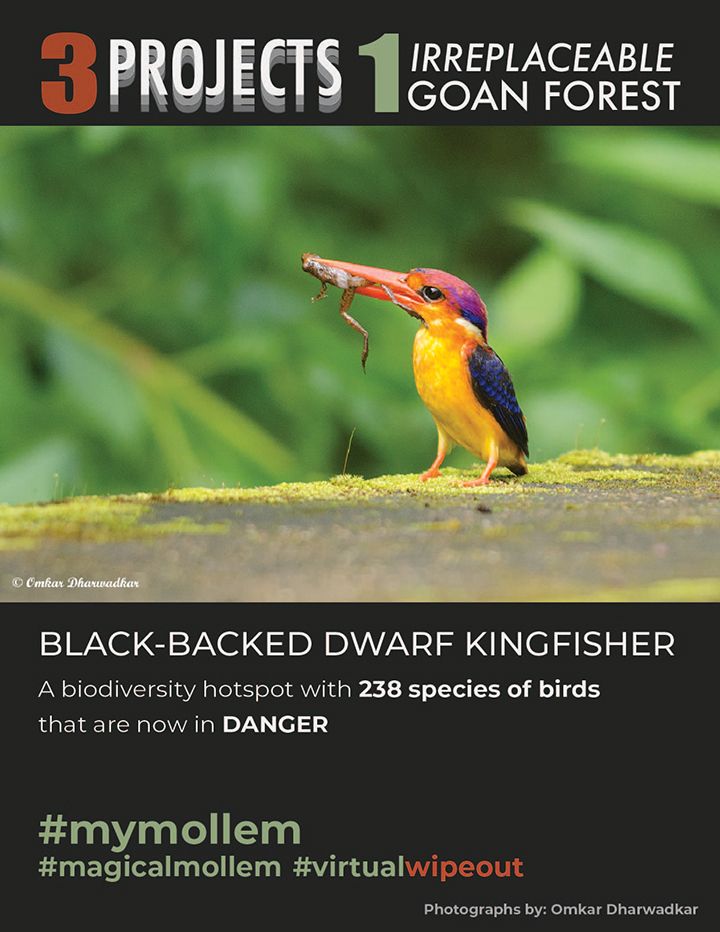
Mollem National Park
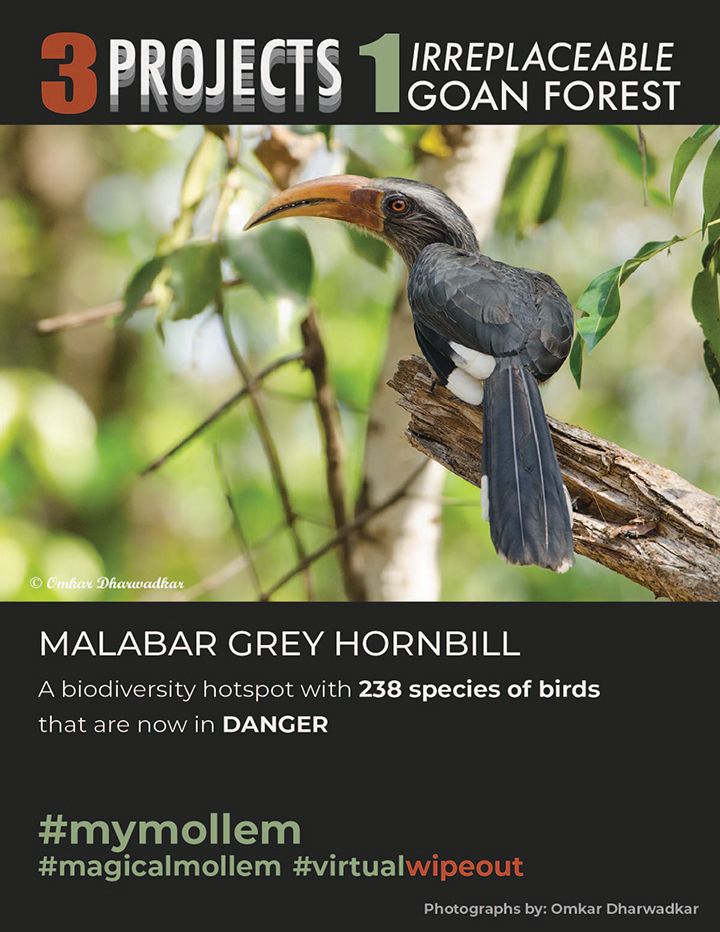
Mollem National Park

Mollem National Park
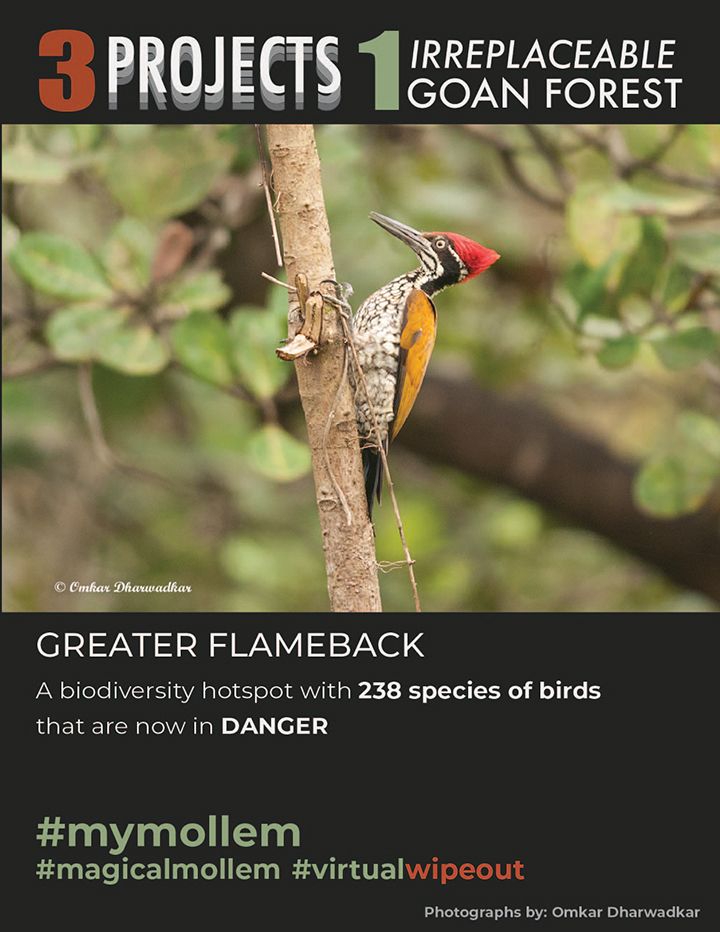
Mollem National Park
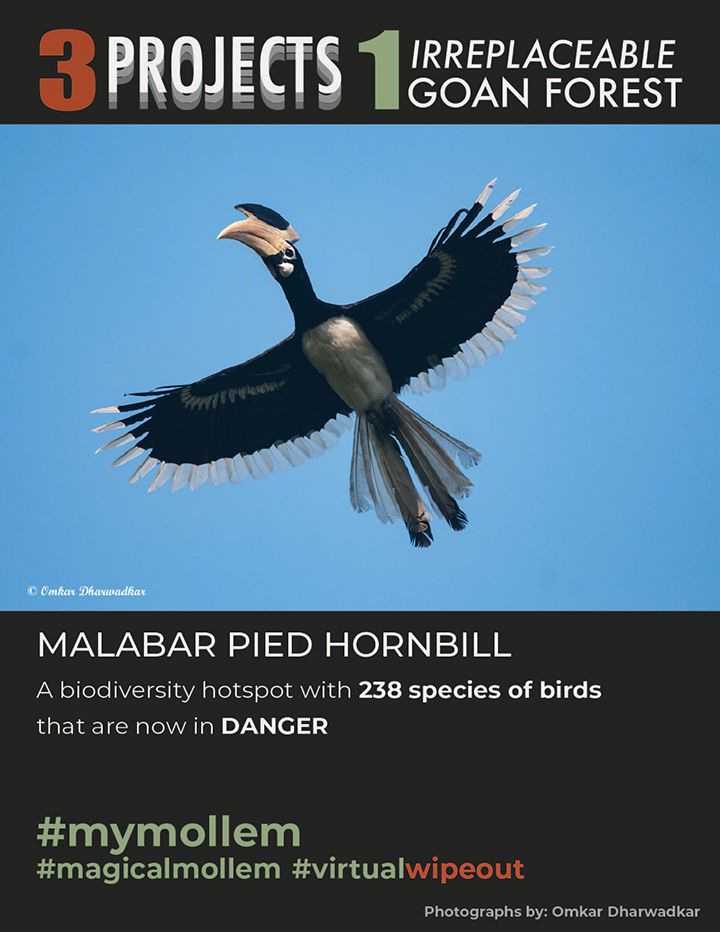
Mollem National Park
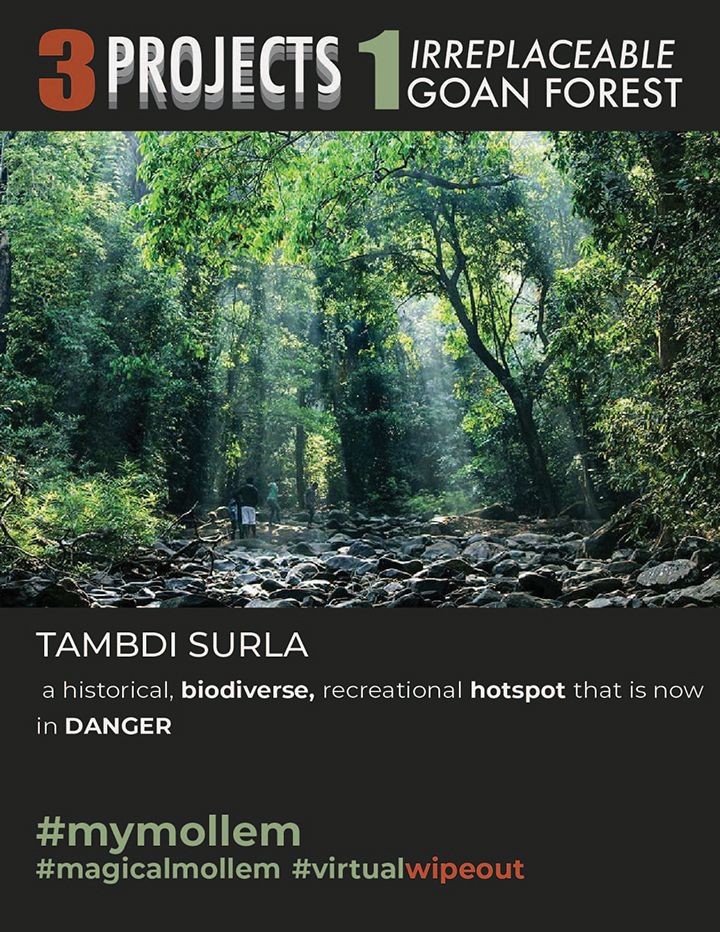
Mollem National Park
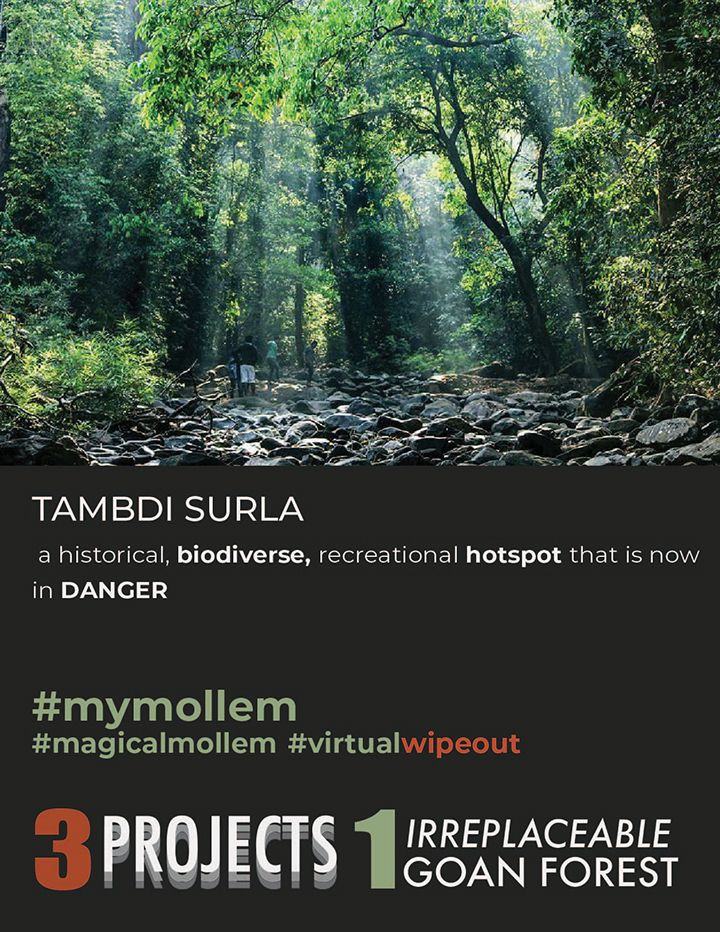
Mollem National Park
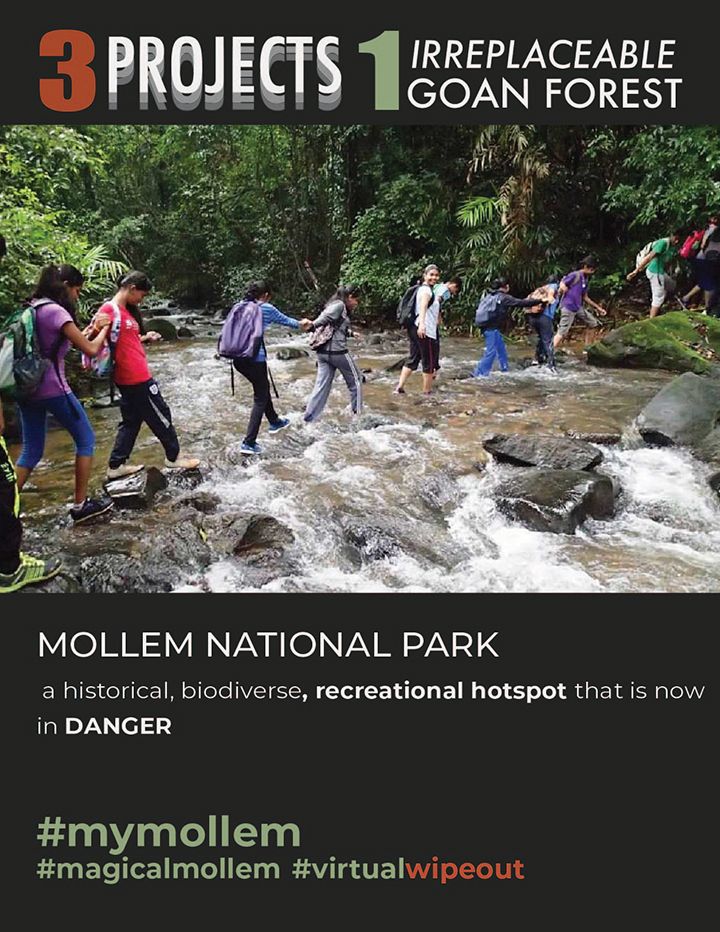
Mollem National Park
The Supreme Court has upheld certain compliance rules (like the EIA) when it comes to our protected forests, but what has happened is that in light of the pandemic, The Ministry of Environment, Forests and Climate Change (MoEFCC) has moved its operations online, like most of us. Now, the issue is that these online platforms are not able to do justice and take into account all possible factors while granting environmental clearances. Often, proposals of this magnitude need site visits and close examinations of maps that simply cannot be done over video conference calls. This disregards the advice from scientists and conservationists, of these compliances and the due-diligence required in the case of making decisions like forest clearances.
And that’s why we must do our very best to stay informed and use our voices to speak out against these rampant clearances that endanger our forests and their biodiversity. You can find out a lot more about the various active and ongoing campaigns on the website, Let India Breathe Happy World Environment Day 2020!
We often discuss environmental issues and engage in meaningful conversations in Malini’s Girl Tribe. Join the Tribe here and be a part of this wonderful, growing community of women!
Follow @missmalinilifestyle for more such updates and to know how to get involved.
All creatives designed by Avantika Velho.

